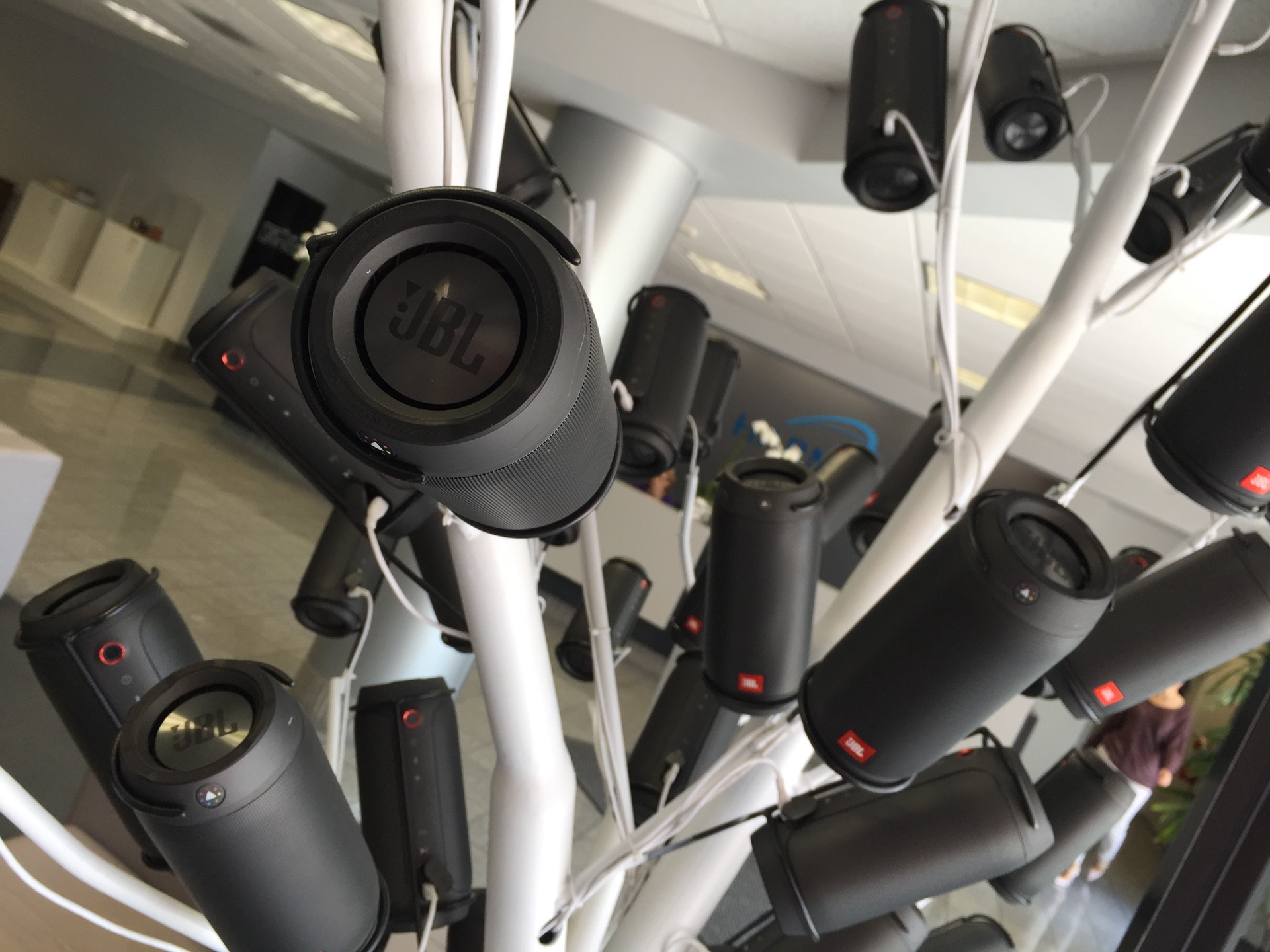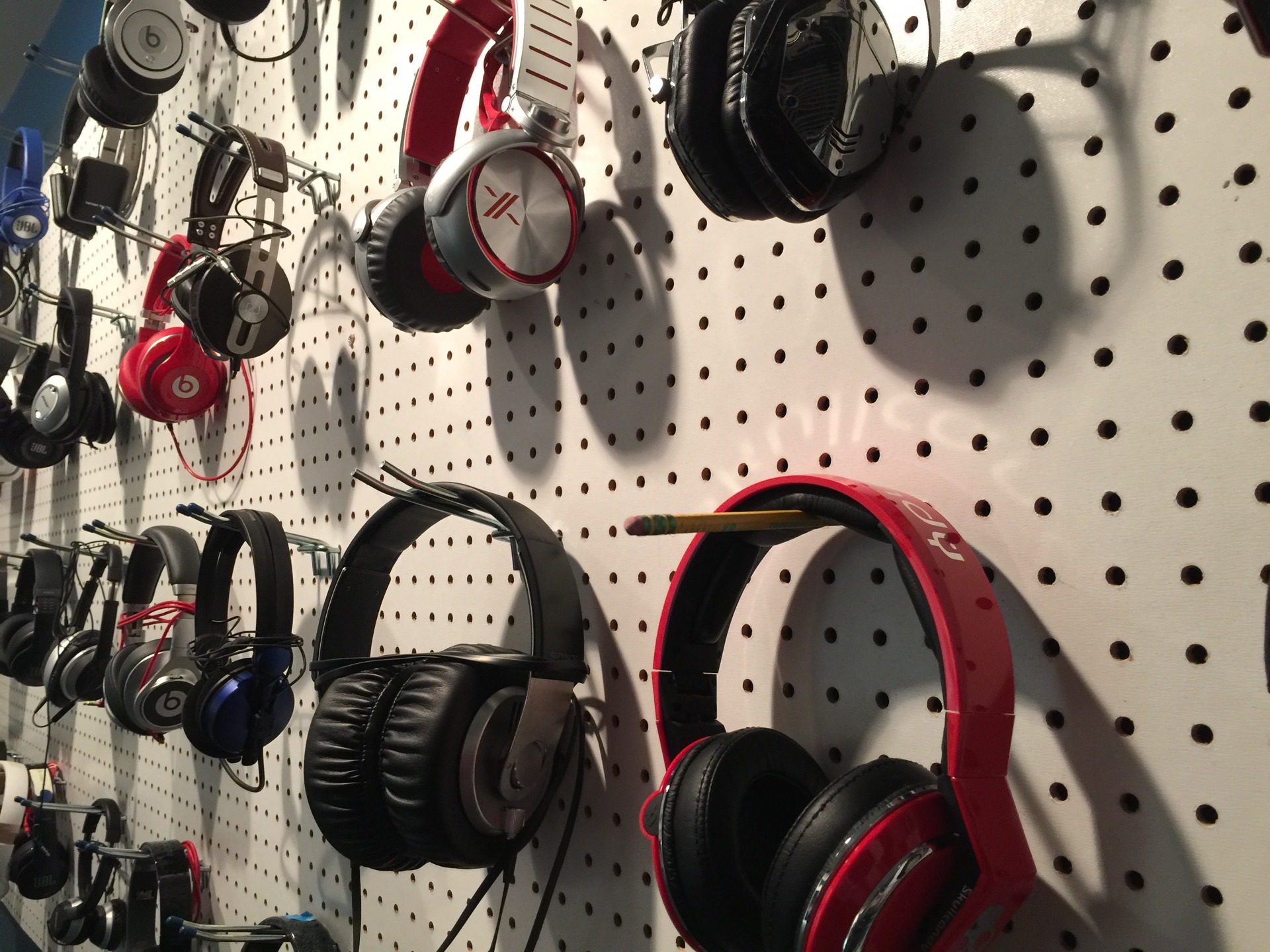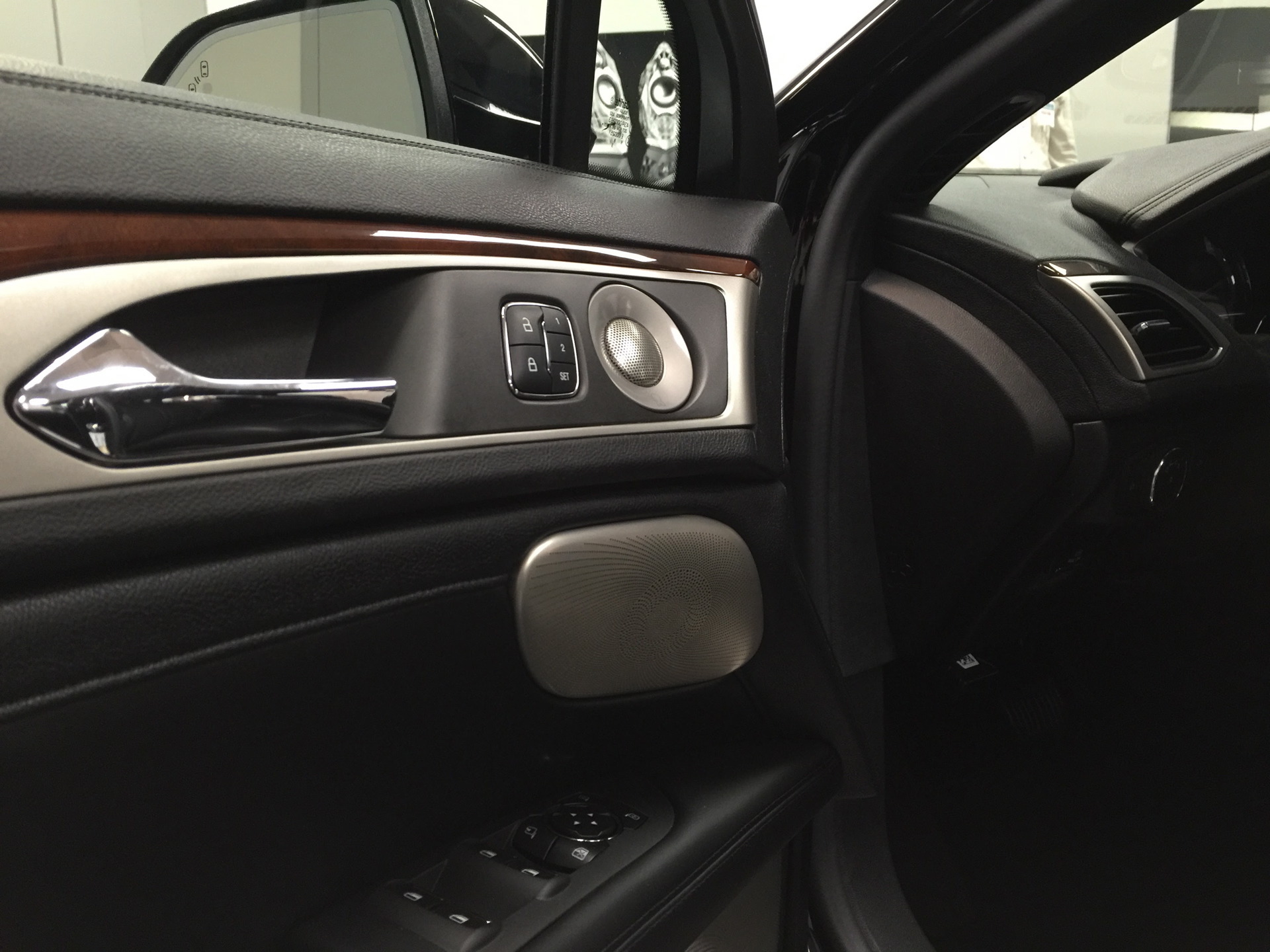Harman's pursuit of audio perfection mixes science, data, and human preference

That's not to say there aren't quirks, however. He mentioned one automotive manufacturer that was certain Japanese vehicles should have their in-car systems tuned to emit less prominent bass. In testing, however, he found that Japanese citizens had no ill-will toward the lows-lows; rather, many in Japan opted against adding subwoofers in their homes due to the insanely high population density. They just didn't want to disturb the neighbors. That's a highly specific social norm that didn't actually translate to their expectations in the vehicle, where they felt fully free to thump without annoying anyone nearby.
Going back to the millennial study, he found that the group did indeed prefer lossless, uncompressed audio over MP3s, but left to their own devices, would boost the bass and treble levels higher than natural. When polling older generations, they tend to lower bass levels and overcompensate on treble to account for natural hearing loss.
The circle of confusion

Given the near-endless amount of variables in play when formulating a response to "Does this sound good?," one has to wonder how engineers at a place like Harman have any hair left. In our tour, it became clear that the company was incredibly comfortable using science and data as the bedrock of the decision-making process. It also leans heavily on the mantra that neutrality trumps everything.
Beats, as an example, has sold a truly staggering amount of product with a sonic curve that most audiophiles and engineers would say is suboptimal. In testing, however, Harman has found that benchmark audio curves that are more neutral and natural are preferred in blind testing. Point is, Beats is a marketing machine, and people are inclined to think highly of something that is well-promoted, expensive, well-designed, and celebrity-endorsed. To boot, most Beats owners don't have 40 other audio products to compare, so you adapt to whatever it is you have.

One interesting factoid about Harman is that it makes public much of its research. The company is quite proud of its efforts to elevate the audio industry as a whole, going so far as to point out that the Beats Solo 2 has a far more natural soundstage than the original Solo. So, yeah, rival companies are using Harman's data to improve their own gear, but one can surmise that a rising tide lifts all boats.
The next frontier

The world of sound is ever evolving, and Harman knows it. Most recently, it's expanding into the car, which is arguably the next major technology battleground. It just scooped up Bang & Olufsen's automotive division, and it has a ten-year exclusive partnership with Lincoln whereby it works hand-in-hand with the automaker's designers to create the ideal sonic solution inside of the cabin.
It also knows that we're all individuals, and preferences will vary wildly from person to person. Rather than creating lines of product for certain genres, it has settled on a more sensible solution: build the most neutral, accurate speakers on the planet. Ideally, we'll be smart enough to realize that hearing what the mixer and producer intended is actually the best way to enjoy musical art. But, even if we want to boost one frequency while quieting another, at least we're starting from a place that's free from preemptive tweaking.
Sign up for breaking news, reviews, opinion, top tech deals, and more.
- We review the 10 best Bluetooth speakers available today
